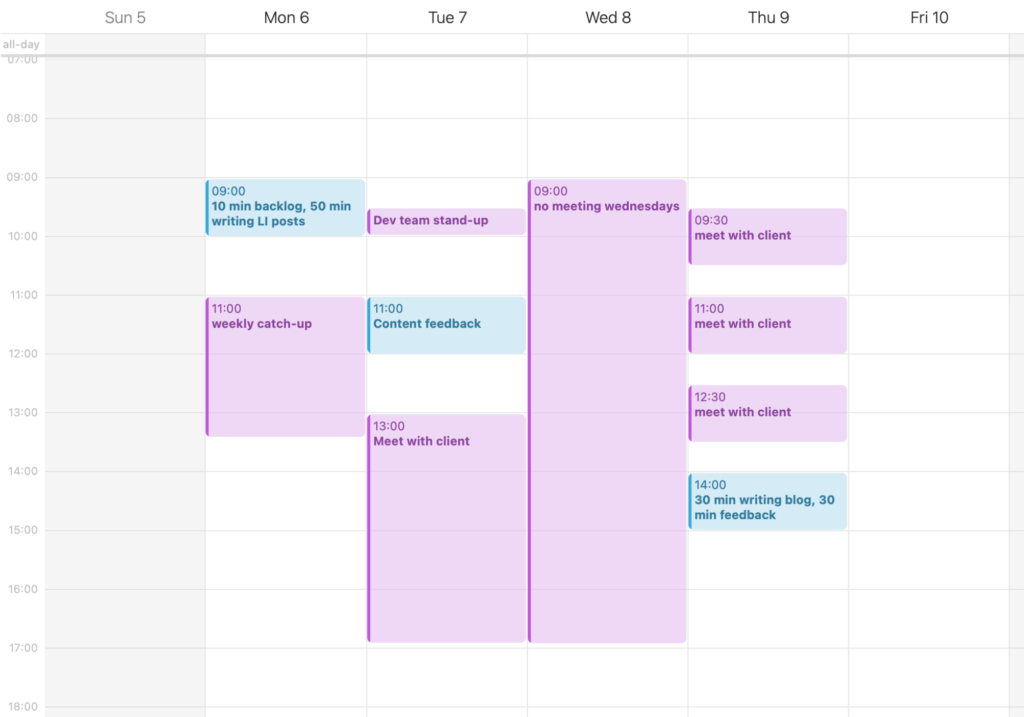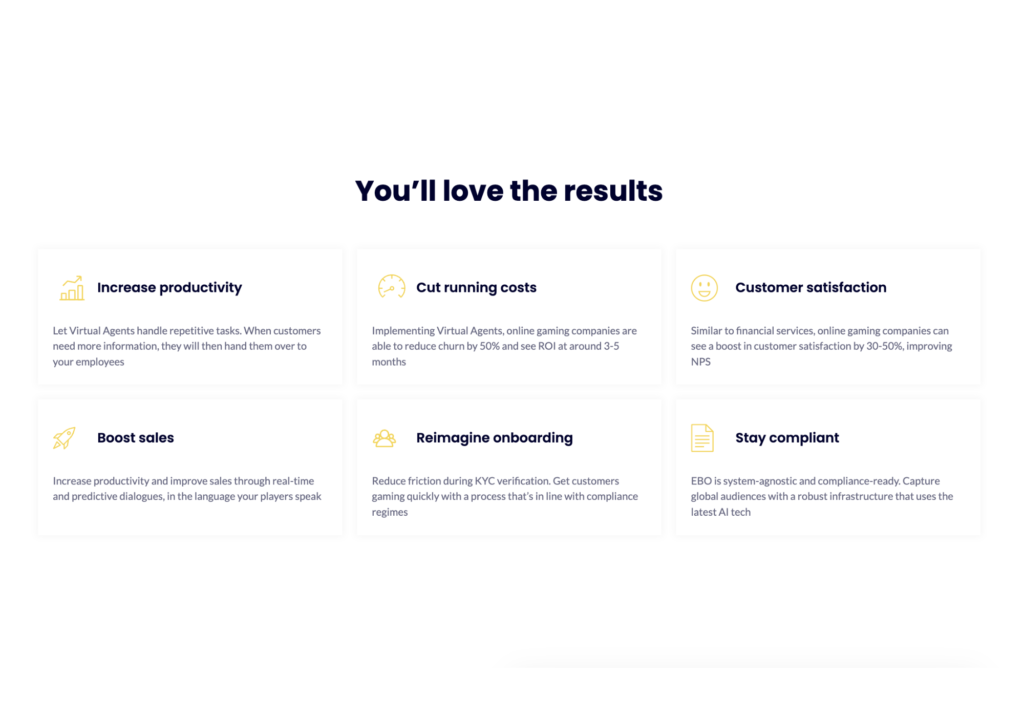We believe we need to be involved in every part of our company’s processes…and then… things get really busy! It’s not uncommon for founders and C-Levels to want to be involved in the content creation process, and the truth is, we want you to be involved! You’re the experts and you know more about your business than anyone else. Your insights are incredibly valuable.
But, it’s also not uncommon for you – C-Level person – to become bottlenecks in the content creation process. This could be for a variety of reasons, like wanting to write content, but you aren’t able to get enough written for your content team to edit. Or maybe it’s because of the approval process, and with things getting so busy, there isn’t enough time to approve content waiting to be published.
Whatever the reason, we’ve got some great (and relatively simple) tips to help you keep the content creation process moving smoothly, while still getting to be involved!
Think ahead & be prepared
If you have a good content team, they’ll be asking for information from you and handing in tasks well before they’re due. This is where backlogs become crucial.
Even before starting to work with a content team, it can be helpful to start a backlog of ideas, and then continue to build it once working with your content creator.
If content marketing is built on consistency, to build trust with potential and existing customers, the importance of always having a steady flow of valuable content being published becomes clear.
Having a backlog and a regular flow of ideas coming in ensures that you’re always prepared and never scrounging for what to write about, or what the next video should be about. This can help prevent bottlenecking because your content team isn’t waiting around for you to approve new ideas or tell them what topic to focus on next.
Be realistic about your capacity
We can get excited when we’re starting to activate our new content strategy. And it’s wonderful to be excited about it! But you also need to be realistic about your capacity, in terms of being involved in the process.
You need to think about your average week and your busiest week. These will help you determine how much “free” time you have, or time you can set aside for being a part of the content creation process.
Overestimating or underestimating your capacity can easily cause you to become a bottleneck. Remember, you can also delegate tasks – it can be helpful to ask your team members about their capacity.
Once you’ve determined how many hours per week you can dedicate to the content creation process, you can break up that time into days and tasks.
Setting aside time each week
Blocking off bits of your calendar to focus on the content creation process is really important. This helps to make sure that you aren’t booking other meetings at those times or getting swept away in other tasks – negating your content and content team.
It can feel challenging at first, but it will become a habit and it gets easier, we promise! The important thing here is to block off that time in your calendar and stick to it.
We usually, recommend that you pick 2-3 days a week where you can make some time for content. Also, note that blocking off your calendar helps, but it’s also beneficial to outline what you plan to do in that time.
For example
Monday 9:00 am-10:00 am: 10 min filling backlog, 50 min. writing LinkedIn posts
Tuesday 11:00 am-12:00 pm: giving feedback,
Thursday 2:00 pm-3:00 pm: 30 min writing blog post, 30 min giving feedback

Writing can be anything from writing a blog post or social media posts for your personal account. Feedback will be you setting aside time to give your content team constructive criticism and filling the backlog is to make sure you aren’t losing sight of great ideas and you always have something to create content about.
Remember to let your content team know about your new schedule! This way they can plan their creating content based on the days you’ll be providing feedback.
Who’s best at what?
Are you a good writer? Should you be the one commenting on grammar? Or are you more of a subject expert?
Know what you’re good at and be realistic about it. This combines a bit of the delegating tip coming up next, where it’s really important to have the right people in your team performing the right functions.
A great way to get started with this is to call a meeting and have a discussion about content creation, about your content strategy, and determine who has which strengths – then you can play to those. You can even include your content team in this meeting as a great way for them to be introduced to your internal teams and get their perspective on the different skill sets.
Delegate tasks to the experts
It can feel like you need to have your hands in everything for it to go right, but delegation can be a more effective way of managing your content creation. You’re likely already delegating other tasks to other people in your team, so find out who in your team can be helpful to the content creation process.
You could choose someone from your internal team who provides feedback on all content – or you can even choose people from different teams to leave feedback on specific topics (as they’re the experts!)
What we mean to say here is – if you have a blog post about software development, you can choose someone in your dev team to be the person who provides feedback on that. If it’s a design social post, ask a designer. A piece of content about processes – ask one of your project managers.
Remember, delegating is great, but those team members’ capacity does too – which is where we come back to the previous tips. If you do decide to delegate to experts in your team, make sure you know their skill set, and their capacity, and that they’re scheduling time in their calendars to manage these tasks.
And, again, let your content creators know what that schedule is, so they can make sure there is always something ready for feedback on feedback days.
Battle the bottleneck
You’ve spent time and money on a great content strategy and fantastic foundational documents – now you need to have it all activated. This is where your content marketing really begins to take shape. But it could all be in vain if you become a bottleneck in the content creation process.
Being realistic about your capacity, setting aside time for your content tasks, delegating to the best team members, and knowing your teams’ skills are all great ways to prevent bottlenecking. There’s no need to feel overwhelmed, or disappointed that you haven’t managed to do what you said you would. If you give yourself and your team some grace – think critically about the process, your skills, and your capacity, activating your content strategy can be butter-smooth.














